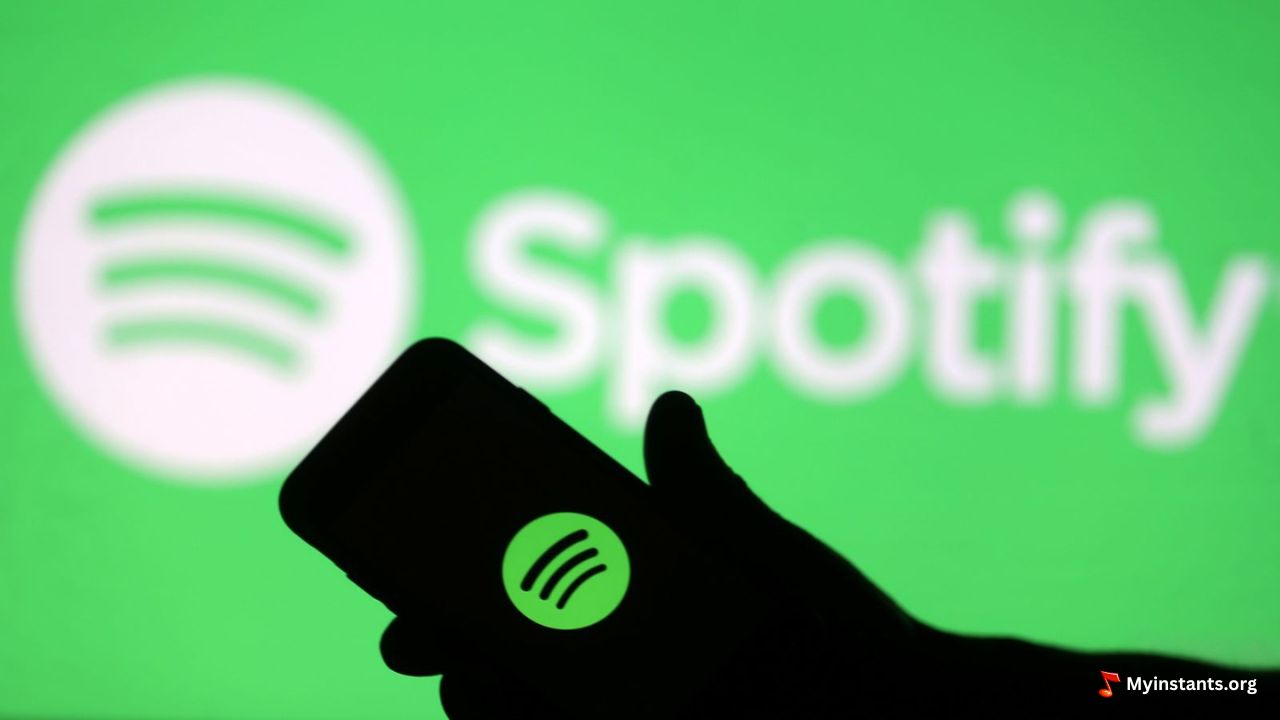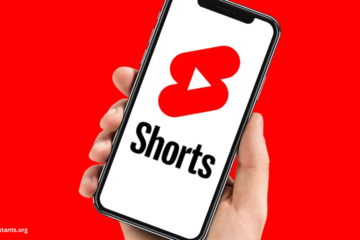Playlist curators exist in an era where music is found practically at our fingertips, which means we want something new and interesting – and playlist curators help us find it. First, the people who run the curation services, like Spotify, Apple Music and YouTube Music are known as curators who pick tunes and make playlists. The main aim here is to develop collections that will capture the listener and put the listener in the mood as well as act as the perfect soundtrack to a particular occasion. Maybe a playlist “for a morning run”, or “for a romantic evening”, or “for relaxing after a hard day”.
Curators can work directly for music services, or they can be independent enthusiasts or bloggers whose selections are popular among thousands of subscribers. The ability to sense musical trends, understand which tracks catch the listener’s attention and what emotion they evoke – all these are the key qualities of a successful curator. Working with the audience, curators help listeners discover new names and styles, while giving young artists a chance to be noticed among the thousands of tracks available on the platform.
Curators play an important role in promoting artists, and you can use their influence through specialized Spotify promotion services. With their help, musicians can get into thematic selections and open their music to a new audience.
Also see: Get Lost In These Offline Open-World IOS Games: Explore Without Wi-Fi
Why Playlists Became Popular Over Albums
Playlists have become more popular than albums, and there are several reasons for this:
- Instantaneity and Convenience. In a time consuming world people value being able to find the information they want quickly. This means you can instantly get in touch with music that fits your mood without having to go and look or select it yourself.
- Theme and Mood. Playlists are usually focused on specific themes or scenarios. A playlist is a bunch of songs, yes, but it’s so much more than that: it’s a showcase of the emotion and the mood the listener seeks at any given time.
- Algorithms and Personalization. With the advent of big data there are powerful algorithms at music platforms like Spotify, which draw connections between user preferences and excerpts for it to suggest a playlist to the user. It becomes personalized and engaging. Spotify promotion strategy also includes an emphasis on recommendations, which helps users discover new playlists that best suit their tastes.
- Variety and Freedom of Choice. Playlists give more room for experimentation than albums by a single artist. Here, the listener gets a mix of styles, which makes listening more intense and exciting.
Why Is Inclusion In A Playlist So Important For Artists?
For an artist, getting into a playlist is not just an achievement, but sometimes the key to success. Here’s why it’s so important:
- Expanding the audience. Playlists allow the musician to be heard by thousands or even millions of listeners who might never have heard of them in other ways.
- Increased revenue. The more people hear a song, the more streams and, therefore, income the artist gets.
- Social proof. When a track is included in a popular playlist, it’s like a “seal of quality”. Music is taken more seriously, and trust in the artist increases.
For new artists especially, it is not easy to break out in such platforms and this is especially important. That’s why musical artists have come to rely on Spotify promotion services that enable them to get their music into relevant playlists and gain exposure to new audiences. In a day where getting into playlists has become such an important part of music marketing, almost every artist today tries to break.
Also see: Crafting Your Ideal Personal Summary For A CV Using Templates
How Are Playlists Changing The Way Music Is Made?
The music industry is adapting to playlist culture, and this is reflected in the process of creating music:
- Short tracks. Since playlists often include dozens of tracks, artists make them shorter to hook the listener and prevent them from skipping the track.
- Focus on atmosphere. Songs are written to create a specific mood and easily fit into certain thematic collections – whether “energetic” for workouts or “chilling” for evenings.
- Shifting the focus to the chorus. In playlist culture, the first minute is important, so many artists create songs that immediately grab attention and have catchy, catchy choruses.
Also see: Best Spanish Media To Improve Your Spanish Fluency
The Future of Playlists
Playlists have become an integral part of the music industry, and their influence will continue to grow. In the future, we can expect playlists to be even more interactive and personalized. For example, they can adapt to your location, time of day, or even weather conditions, as some apps are already testing.
Most likely, we will see even more smart algorithms and sophisticated technologies that will help listeners discover new music and get inspired. And for artists, this will mean even more opportunities for promotion and interaction with the audience.
Music platforms like Spotify will actively develop Spotify’s promotion strategy to ensure that each playlist is as relevant as possible to the user. Innovative services and algorithms will help improve recommendations, making music even more accessible and personalized.
For more such interesting content, keep reading Myinstants Blog.



